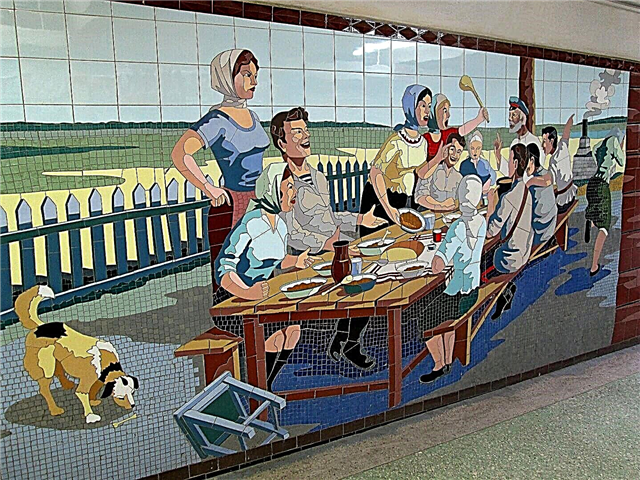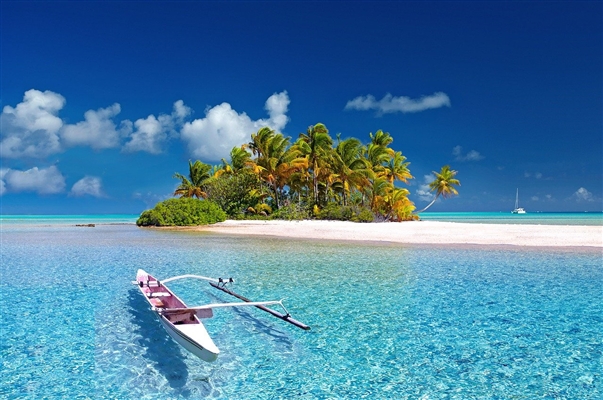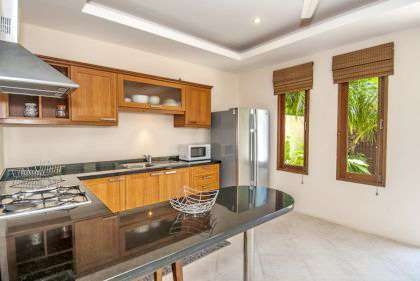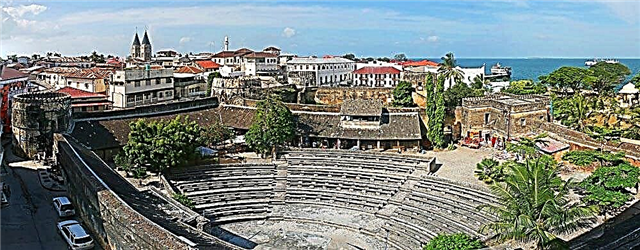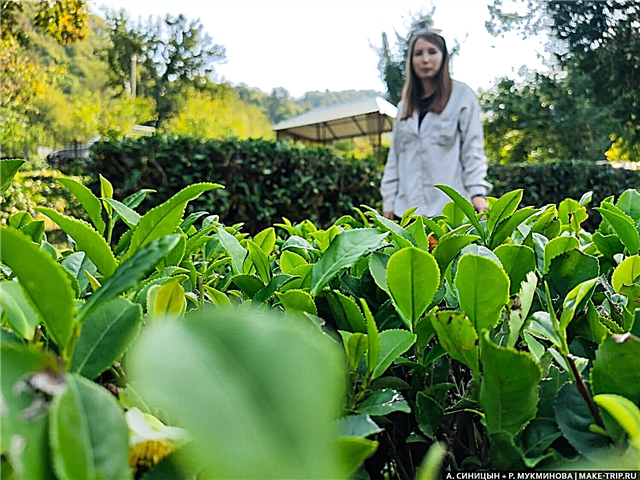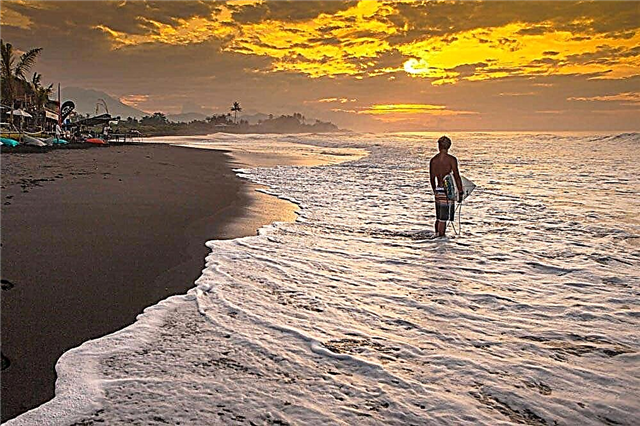The number of inhabitants, even in cities with developed infrastructure and ample opportunities for tourism, does not often exceed 50 thousand people. Most people are in the capital, although the 2 million mark has not yet been crossed. Austrian cities are traditionally well-groomed and interesting, so it is not surprising that they have repeatedly received the status of cultural capitals of Europe and the world. In honor of this, new museums, galleries and other attractions were opened.
Medieval castles are preserved throughout the country: some are in the form of ruins, others have been restored and set aside for museums, and the castle in Wolfsberg can be rented for celebrations. Contemporary art is held in high esteem in Austria. One of the most interesting museums in this area is the Kunsthaus in Graz.
The largest cities in Austria
List of the largest cities in terms of population in the country.
Vein
The capital and largest city of Austria. Third UN seat after New York and Geneva. The Vienna International Center hosts many of the organization's divisions. The Vienna Opera is one of the most famous in the world. Schönbrunn Zoo is the oldest surviving one. Galleries Belvedere and Albertina, as well as the Museum of Art History - impressive in the number and value of collections of paintings.
Population - 1 821 582 people (2018).

Graz
The city got its name from the Slavic word "gradets". The Kunsthaus Museum is a futuristic building that stands out from its surroundings and is impossible to pass by. The old town is included in the UNESCO World Heritage List. The local arsenal, created during the reign of Maria Theresa, has been converted into a museum. Every year for half a century, Graz has hosted the Styrian Autumn Festival of Contemporary Art.
Population - 289 440 people (2018).

Linz
Spreads on both banks of the Danube. Founded by the Romans, and the first name was "Lentia". The metallurgical and chemical industries are now well developed. There are many museums, including "Lentos", where works of modern art are collected. The Nibelungenbrücke bridge offers a picturesque view. The old cathedral was built in the baroque style, and the new cathedral in the neo-gothic style.
Population - 204 846 people (2018).

Salzburg
The translation of the name is "salt fortress". The city center is included in the UNESCO World Heritage List. Sightseeing: Mount Kapuzinerberg, Hohensalzburg Fortress, Residenzplatz, St. Peter's Benedictine Abbey, Mirabelgarten Park. One and a half dozen large museums, including those dedicated to Mozart, offer interesting programs to visitors. Salzburg hosts a music festival every year.
Population - 153,377 people (2018).

Innsbruck
The administrative center of Tyrol stands on the Inn River. The decoration of the main square - "Leopold's Fountain" - the first known equestrian statues on two points of support. Significant architectural objects - 11 churches and Abrams Castle. The highlight of the city is the presence of the Bergisel Olympic springboard. Since 1976, Innsbruck has hosted the world's largest early music festival in the summer.
Population - 132 493 people (2018).

Klagenfurt am Wörthersee
Until 2008, the abbreviated name was officially used - Klagenfurt. 4 kilometers from the city is Wörthersee - the warmest of the Alpine lakes. Hochosterwitz, a medieval castle that is one of the most beautiful in Austria, can also be found nearby. The main attractions within the city are the Planetarium, the Alter Platz - the central square and the Dragon Fountain.
Population - 100 316 people (2018).

Villach
Located in an alpine valley on the banks of the Drava River. During the campaigns of Napoleon, it was part of France for several years. Villach's architecture combines different styles: for example, the Church of the Holy Cross is Baroque, and the Church of St. Nicholas is neo-Gothic. The city hosts several festivals, including the theatrical Spectrum and Carinthian Summer, an arts festival.
Population - 61 879 people (2018).

Wels
Occupies the coast of the Traun River - a tributary of the Danube. Linz is about 30 kilometers away. Wels is quite modest in size: about 10 kilometers from south to north and from east to west. The status of the city was received back in 1222. The local exhibition center hosts temporary exhibitions of various styles and types of arts. Large fairs are held regularly.
Population - 61,233 people (2018).

St. Pölten
The largest city in Lower Austria. In the middle of the central square rises the column of the Holy Trinity, dated 1782. The Franciscan Church and the Town Hall stand on opposite sides of the square. Main museums: Im Hof, diocesan, city, historical. Pottenbrunn Castle has been preserved in the suburbs. In May, St. Pölten hosts a professional tennis tournament.
Population - 54 649 people (2018).
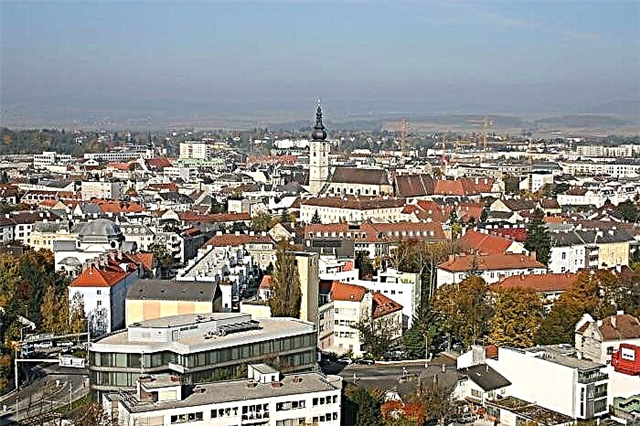
Dornbirn
Located near the border with Germany, Liechtenstein and Switzerland. The oldest building in the city is the Red House. Its name comes from the medieval tradition of painting walls with bull's blood. The Inatura Museum invites visitors to explore the natural sciences through an interactive exhibition. And the Rolls-Royce Museum has the world's largest collection of vintage cars of this brand.
Population - 49,278 people (2018).

Wiener Neustadt
For many centuries, the city was used by the rulers of the country as a residence. Their heirs were born here, and the grave of Emperor Maximilian I remained. After the fire in 1834, Wiener Neustadt was rebuilt. Not many buildings and structures have survived. Among them are the castle, where the dukes and then the monarchs lived, and the torture tower, where a private collection of weapons is now based.
Population - 44 820 people (2018).

Steyr
On the 1000th anniversary of the city, which was celebrated in 1980, its historic center was restored. In 2002, there was a severe flood, after which restoration work was required in several areas. The city square is decorated with the Gothic Bummerlhaus. Other symbols of Steyr, located on an elevation at the confluence of two rivers, are Lamberg Castle and St. Michael's Church.
Population - 38 331 people (2018).

Feldkirch
The westernmost city in the country. Liechtenstein is only 3 kilometers from here. On the mountain overlooking Feldkirch, in the 13th century, the Schattenburg castle was built, now adapted as a local history museum. And the Cathedral of St. Nicholas was erected on the site where an old church had already stood. The façade of the local town hall is decorated with frescoes. Every year the city hosts a poetry award.
Population - 33 420 people (2018).

Bregenz
Located on the shores of Lake Constance near the border with Switzerland and Germany. Tourism thrives all year round: in summer visitors relax by the water, and in winter they explore the surrounding ski resorts. The construction of the Upper Town was completed in the 16th century and has changed little since then. It is also worth taking the time to explore the Church of the Sacred Heart, the House of Arts and the Douring Palace.
Population - 29 806 people (2018).

Leonding
The proximity to Linz and the measured way of life attract people with high incomes and social status here. At the Cathedral of St. Michael there is a cemetery where the parents of Adolf Hitler are buried. The house that once belonged to the Fuehrer's family is nearby. The annual arts festival is held in September and the Christmas market opens in the town square in December.
Population - 28 698 people (2018).

Klosterneuburg
From the north-western side it is adjacent to the capital and even in the last century was part of it. The mountains separate Klosterneuburg from Vienna, which can be reached by bus or suburban train. The main attractions are the Augustinian monastery dating back to the 12th century and the art gallery, where paintings by contemporary artists from Austria and the world are collected under the sign of the Essel Collection.
Population - 27,058 people (2018).

Baden
One of the best resorts in Austria. Baths "Roman Baths" receive visitors all year round. Sightseeing: the largest casino in Central Europe, the largest rose garden in the country, the ruins of the Rauchenstein and Rauchenek castles are preserved in the vicinity. Baden is surrounded by over a hundred vineyards and dozens of small restaurants. The city is connected with Vienna by tram lines.
Population - 26 286 people (2018).
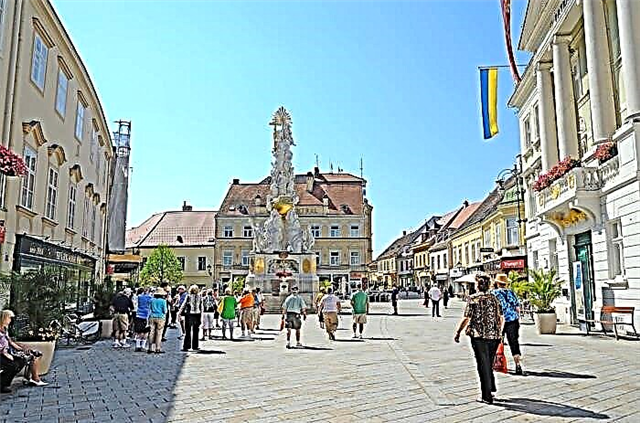
Wolfsberg
There is also another name - Volshperk, which came from the Slovenian language. The main attraction is the castle on a hill in the north of Wolfsberg. It was first mentioned in documents in the XII century, but was rebuilt many times later. Nowadays, most of the premises can be rented for celebrations. The architectural beauty of the city also includes the Church of St. Mark.
Population - 25,035 people (2018).

Leoben
Stands on the Mur River. It is known as the place of the signing of the peace treaty with Napoleon. The most beautiful and historically valuable buildings in the city: the Church of St. Francis Xavier, the Abbey of Gess, the Church of St. Jacob. Also, the old and new town halls stand out against the general background. In 2005, the construction of the Justice Center was completed in Leoben, a complex that includes a court and a prison.
Population - 24 645 people (2018).

Krems an der Donau
Founded at the confluence of the Krems River with the Danube. Landstraße pedestrian street stretches across the entire Old Town. The earliest surviving building, Gotzburg, was built in 1275. The symbol of the city - Steiner-Thor - is a medieval gate. The Göttweig monastery is located in the southern suburbs. The monastery was built in the XI century and rebuilt in the XVIII after a big fire.
Population - 24 610 people (2018).

Amstetten
The district center in Lower Austria was first mentioned in documents from 1111. There are several prestigious schools in the city where English language and technical sciences are studied in depth. The local symphony orchestra and theater groups give regular concerts and performances. A large Christmas market opens in December. Bars and clubs are open at night, and cozy cafes and shops are open during the day.
Population - 23 656 people (2018).

Kapfenberg
City of the central part of the country. Many residents work in the steel industry. The main attraction is the 12th century castle, recognized as a cultural heritage site. In Kapfenberg, conditions have been created for amateur sports - there is an ice rink and a swimming complex. Professional sports are represented by football and basketball teams.
Population - 22 798 people (2018).

Hallein
Center of the eponymous district bordering Germany. The city developed in the past thanks to the extraction of salt. Hallein has several museums, including history and music. The first contains, among other things, iconic exhibits related to Celtic culture. The second is the guitar of Joseph Mohr, a Catholic priest and author of the Christmas hymn "Silent Night".
Population - 21,150 people (2018).

Mödling
By car from Mödling to Vienna, about half an hour drive. From an architectural point of view, tourists are most interested in the Old Town. Especially picturesque streets became completely pedestrianized in the 70s of the last century. Sightseeing: church, castle ruins, several museums, including the local history museum. There is a nature reserve nearby, where unique plant species grow.
Population - 20 555 people (2018).

Kufstein
Located in close proximity to the border with Bavaria. The city is famous for the production of glasses, hunting and sports equipment. In winter, people go to Kufstein to ski resorts. The Burgerturm Tower invites you to look at the local history exposition all year round, and once or twice a day you can hear the sounds of a memorial melody from here - a tribute to the memory of those who died in won.
Population - 19,223 people (2018).



